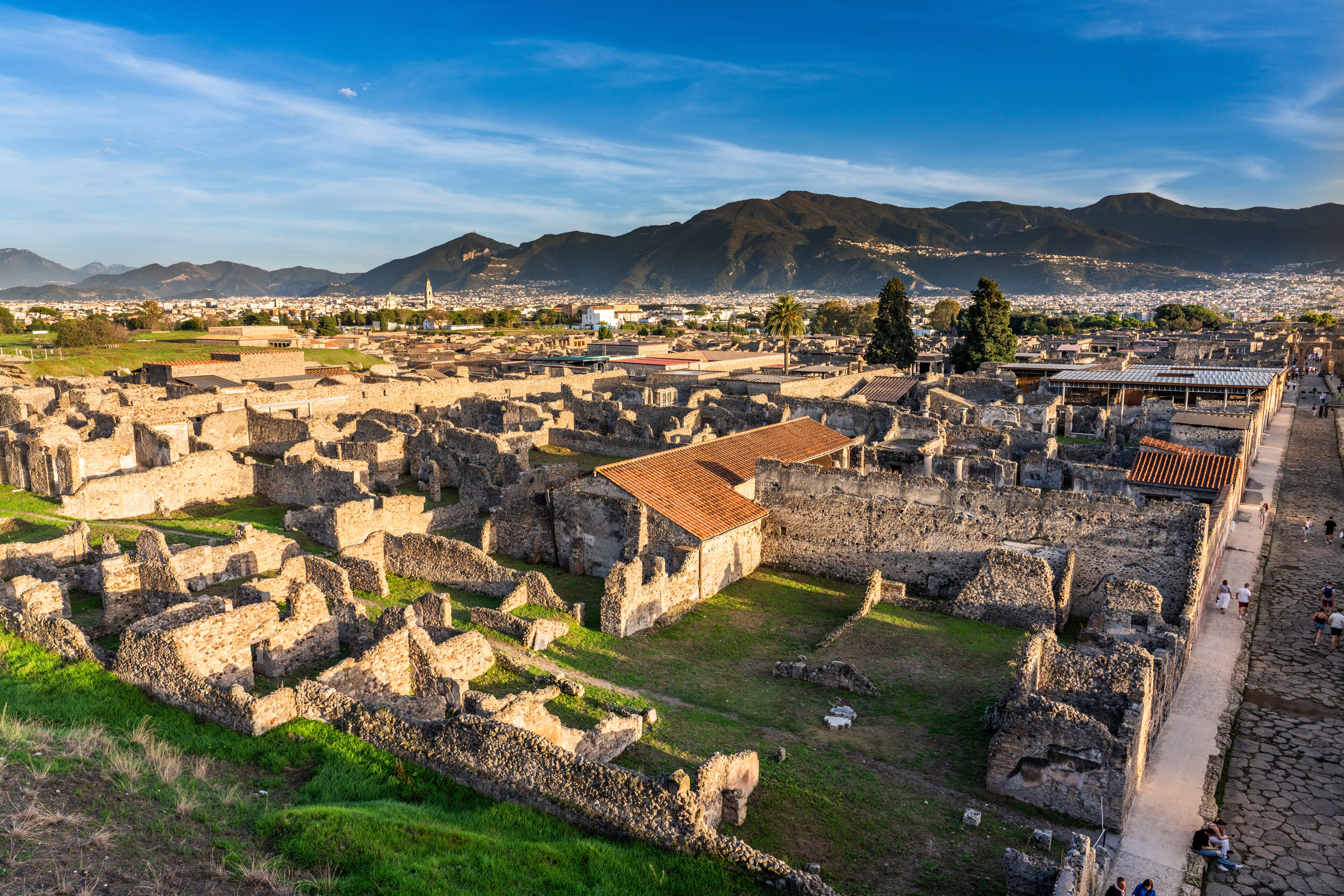Key Sites in Region VIII

-
Doric Temple - Sanctuary of Athena and Hercules:
The Doric Temple, also called the Sanctuary of Athena and Hercules, is a reminder of ancient building styles. Made around 600 BC, it has a limestone structure with a colourful terracotta roof.
Over time, it changed, as seen from the terracotta pieces now in the Antiquarium Museum. This temple was a holy place for worshipping Athena and Hercules and was central to the city’s social life.
-
Temple of Isis:
Unearthed in 1764, the Temple of Isis is one of the best-preserved buildings in Pompeii. Its intact decorations provide insight into ancient Egyptian religion. The temple, dedicated to the goddess Isis, includes an altar and other features, showing the variety of religious practices there. Further excavations in the 1950s and 1980s helped experts to learn more about the temple.
-
Antiquarium:
Built in the late 19th century and expanded in 1926, the Antiquarium houses a diverse collection of artifacts from Pompeii’s past. It offers insights into the city's history from its origins to the eruption, showcasing frescoes, silver treasures, and more. Recent excavations have added new finds, enriching the museum's collection.
-
Sanctuary of Venus:
Perched on an artificial terrace, the Sanctuary of Venus offers stunning views of the Gulf of Naples. Venus, the patron goddess of Pompeii, was worshipped here. Excavations have uncovered important objects, including a gold lamp gifted by Emperor Nero, now in the National Museum of Naples.
-
Large Theatre:
This outdoor theatre is where people watched plays, comedies, and tragedies. The Large Theatre was constructed around 200 years before the birth of Christ. It used the land's natural slope for seating. Notably, it was the first public building completely unearthed from the volcanic ash.
-
Small Theatre – Odeon:
The Odeon was built when Pompeii was just starting out. The theatre was for shows like miming, music, and singing. Unlike the big theatre, it had a roof to make the sound better. Outside, the walls still have ancient graffiti, showing us a bit about the people who came to watch the shows.
-
Basilica
The Basilica, dating back to around 120 BC, was used for business and legal matters. It was one of the earliest buildings of its kind in the Roman world. It features five entrances with large pillars, three sections with rows of brick columns, and a platform for judges.
The walls are decorated with stucco to look like marble blocks. Excavations started in the early 1800s and continued through the 1950s.